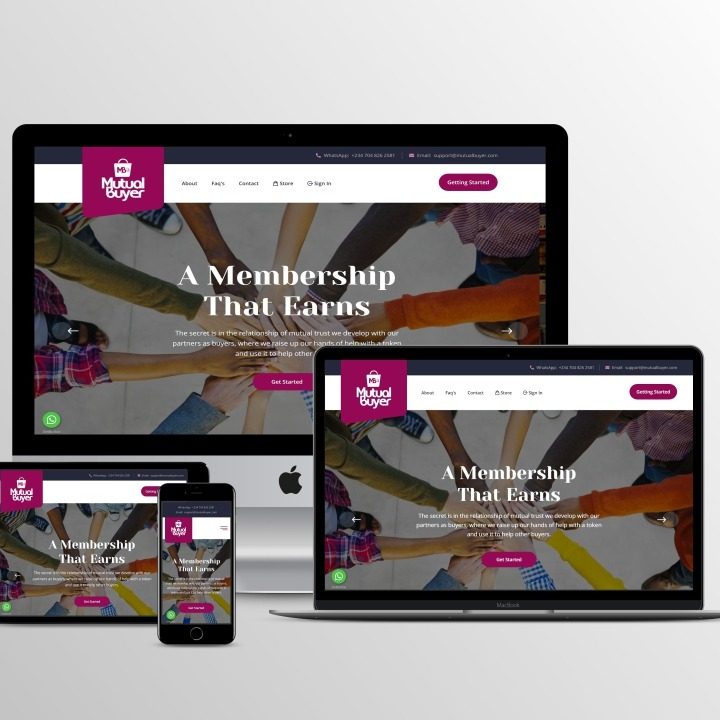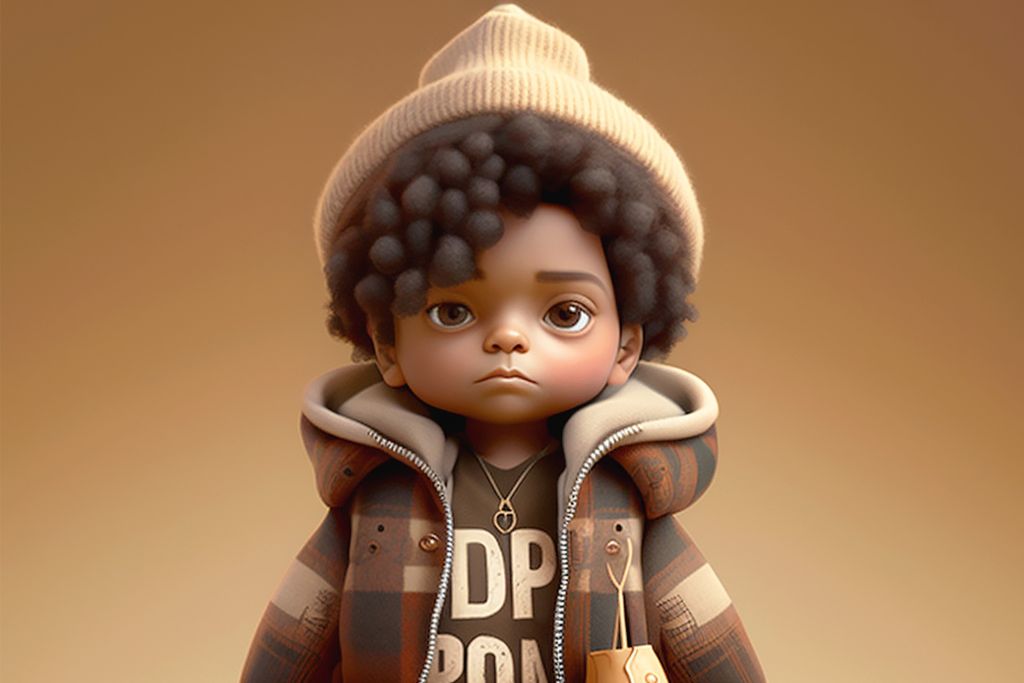Interested in Animation? 11 Things You Need to Know
If you’re interested in animation, whether it’s traditional 2D animation, 3D animation, or motion graphics, there are several key things you’ll need to know to pursue a career in this field:
Animation Principles
Understand the core principles of animation, such as timing, spacing, squash and stretch, anticipation, and follow-through. These principles are the foundation of creating believable and engaging animations.
Software Proficiency
Familiarize yourself with animation software tools. For 2D animation, programs like Adobe Animate (formerly Flash), Toon Boom Harmony, or TVPaint are commonly used. For 3D animation, Autodesk Maya, Blender, or Cinema 4D are popular choices.
Storyboarding
Learn how to create storyboards, which are visual representations of your animation sequence. Storyboarding helps plan the pacing, composition, and overall narrative flow of your animation before you start animating.
Character Design
Develop skills in character design, including creating appealing and expressive characters that suit the style and tone of your animation. Understanding anatomy, proportions, and character personalities is essential for creating memorable characters.
Rigging and Character Animation
If you’re interested in 3D animation, learn about rigging, which involves creating a digital skeleton for characters and objects. Rigging allows you to manipulate characters and objects for animation. Mastering character animation involves bringing characters to life through movement, expressions, and gestures.
Motion Graphics
Motion graphics involve creating animated graphics or visual effects for videos, films, or multimedia presentations. Learn about typography, composition, and visual effects software like Adobe After Effects to create dynamic motion graphics.
Special Effects
Familiarize yourself with techniques for creating special effects, such as particle effects, explosions, fire, water, and simulations. Understanding how to create convincing special effects can enhance the quality and realism of your animations.
Sound Design
Understand the importance of sound design in animation. Learn how to synchronize sound effects, dialogue, and music with your animation to enhance storytelling and evoke emotion.
Collaboration and Communication
Animation often involves working as part of a team, especially on larger projects. Develop strong communication skills to collaborate effectively with other artists, animators, directors, and clients.
Portfolio Development
Build a strong portfolio showcasing your animation skills and projects. Include a variety of work that demonstrates your range as an animator, including character animations, motion graphics, and special effects.
Continuous Learning
The field of animation is constantly evolving, with new techniques, software updates, and trends emerging regularly. Stay updated on industry developments by attending workshops, conferences, and online tutorials.
By mastering these essential skills and continuously honing your craft, you can work towards a career in animation, whether it’s in film, television, advertising, gaming, or digital media. Passion, creativity, and dedication are key ingredients for success in this dynamic and rewarding field. GreenWare Tech offers courses on Animation. Do well to enrol here.







